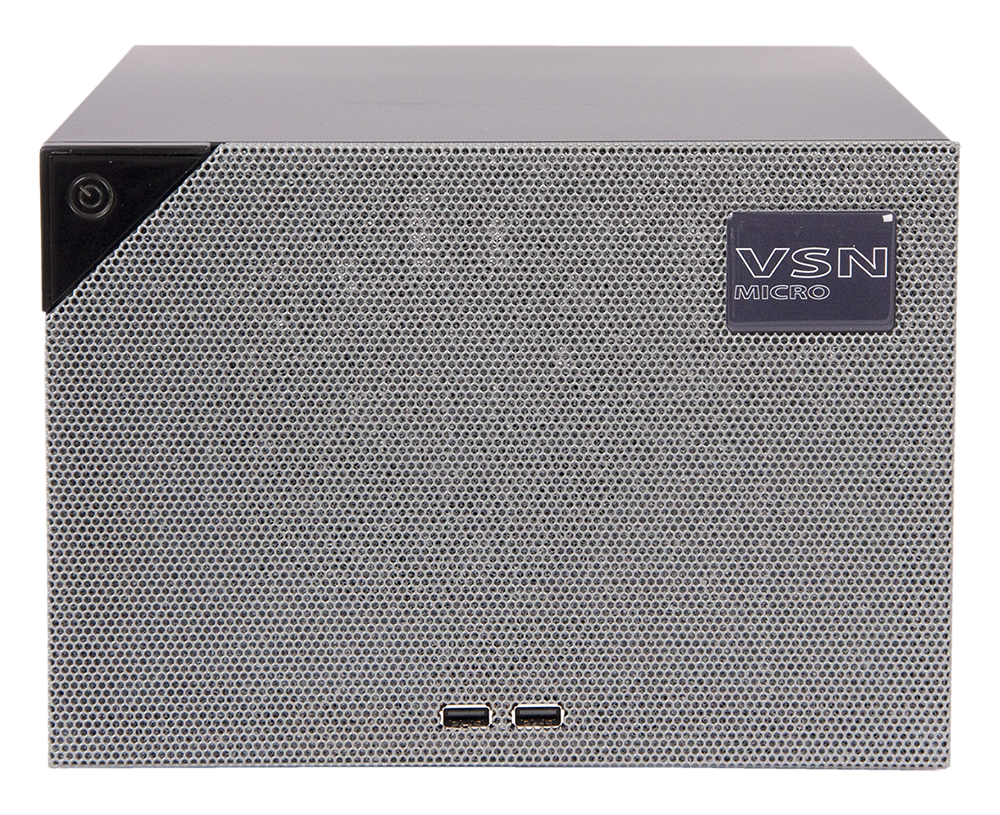Keep It Cool: Power, Cabling, and Airflow in the 4K Era

It’s no surprise that one of the biggest killers of hardware is heat. Long-term, excessive heat will reduce the lifespan of just about any PCB (printed circuit board).
What’s less understood are best practices for protecting equipment from heat and limiting the ruinous effects of high temperatures on AV. But keeping it cool as resolutions increase requires much more than adding fans into chassis design. The pro AV industry needs a new paradigm.
High Heat Means High Cost
Step one in limiting the damage of high heat: think about power. Do everything that you can to reduce the power that generates heat, and then remove the heat you do generate.
Here's an example: at Datapath, we are dedicated to reducing power to minimize heat. We think about chipsets, scrutinizing what’s required and incorporating lower-power chipsets to minimize heat generation. And when those chipsets need over a dozen separate power rails, efficient power supply design makes all the difference.

We perform various oven tests with an empty product chassis to understand exactly how airflow works. It is quite common that the location of a certain board will influence airflow. What we have discovered is that venting and piping can improve airflow dramatically; insight from our extensive testing has inspired the design of the Datapath VSN Micro line of video wall controllers.
What’s more, we control every element of our solution, from the backplane to the power supplies, to the chassis shape and airflow, and we can optimize graphics processing units (GPUs) for the best performance.
A daily selection of features, industry news, and analysis for AV/IT professionals. Sign up below.
Don’t Think Like a Gamer
If you attempt to use general-purpose, off-the-shelf commercial products for video walls, you won’t get a fraction of the number of outputs that our expandable range of VSN expansion chassis offers. The power drawn would be far too high. That’s one of the reasons we focus on flexible solutions using our video capture cards and graphics cards. Using scalable PCIe technology, an expansion chassis can be added to the master system to provide additional PCIe slots allowing for uninterrupted communication between any device in any slot. Full gen-locking can be achieved between outputs within the whole system without the need for additional cables.
Think about a gamer's graphics cards. They often drive much the same resolution as our wall controller outputs, but we don’t need that massive 3D engine to draw flat video. We maximize what matters. We have our own custom-built cards that allow for various configurations that lower the power without sacrificing quality.
AV Over IP and Power
There’s another significant trend in pro AV: the desire to move power supplies and power sources away from the display to get the heat away from the wall and into equipment cabinets. Many vendors and IT directors are taking this approach.
As resolutions per output increase, however, from SD to HD, to 4K or 8K, how do you move signals in efficient ways, and when does cabling become an issue? As we start to think about moving 4K over HDMI or DVI cables, AV over IP becomes an increasingly appealing alternative. This is where 10Gb Ethernet enters into the conversation. IP allows you to go greater distances, and doing this over fiber saves power. With 10GbE as the backbone, you can place equipment in better spaces and continue to scale across a facility or campus. This approach is also helpful with noise distractions. I believe that 10GbE will evolve quickly especially as 4K becomes a more common format.
Focus on Fiber
Fiber is another notable cabling and infrastructure trend as we evolve into the 4K era. While it was prohibitively expensive even four years ago, as prices drop we should see the interest in fiber tick up.
John Storey is the Hardware Director of Datapath.
